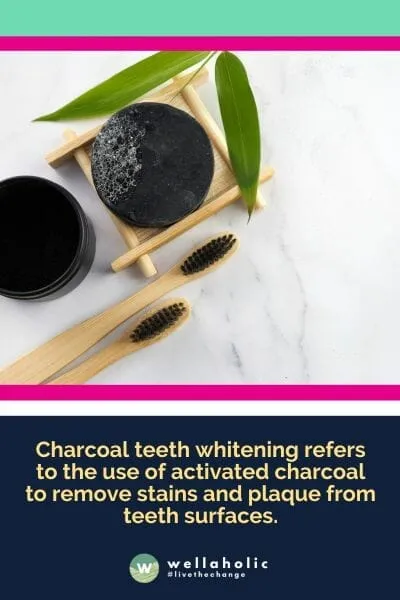What is Charcoal Teeth Whitening
Charcoal teeth whitening has become a popular trend for achieving a brighter smile. It involves using activated charcoal, a fine black powder made from various sources like coconut shells, wood, or peat, to help remove stains and discoloration from teeth. Unlike traditional teeth whitening methods, charcoal teeth whitening is often marketed as a natural alternative. This approach aims to harness the absorbent properties of charcoal to attract and bind to impurities on the teeth’s surface. The process is relatively simple, making it accessible to many people looking for an easy way to improve their oral hygiene and boost their confidence with a brighter smile.
The Science Behind Charcoal
Activated charcoal is the key component in this teeth-whitening method, and its effectiveness lies in its unique properties. The activation process involves heating the charcoal to create a porous structure. These pores increase the surface area of the charcoal, making it highly absorbent. This means activated charcoal can attract and trap various substances. In the context of teeth whitening, this means charcoal can potentially bind to stains and other impurities on the teeth’s surface. While it doesn’t chemically alter the tooth enamel, it works by physically removing these stains, which can lead to a noticeably brighter smile. Understanding this process is important for setting realistic expectations and using charcoal teeth whitening safely.
How Charcoal Works on Teeth
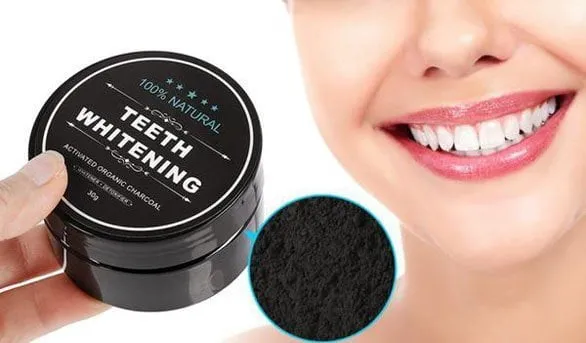
The mechanism behind charcoal teeth whitening involves the charcoal’s ability to attract and absorb. As the charcoal is applied to the teeth, it binds to the stain molecules from things like coffee, tea, and certain foods. This process doesn’t bleach the teeth; instead, it physically lifts the stains, revealing the natural whiteness underneath. This makes it a surface-level treatment, unlike methods that penetrate the enamel. When you brush with charcoal, the abrasive action combined with the charcoal’s absorptive properties helps to remove these surface stains. This can result in a cleaner feel and a brighter appearance. However, it is essential to remember that charcoal doesn’t work on intrinsic stains, those that are embedded within the tooth structure.
Benefits of Charcoal Teeth Whitening
Charcoal teeth whitening offers several potential benefits that have contributed to its popularity. Many users find it to be a cost-effective and convenient method compared to professional treatments. The natural aspect of charcoal also appeals to those seeking alternatives to chemical-based whitening products. It’s important to note that the effectiveness can vary from person to person, depending on the type and severity of the stains. However, many users experience a noticeable improvement in the brightness of their teeth. It’s essential to weigh these advantages with the potential risks and limitations to make an informed decision about incorporating charcoal teeth whitening into your oral care routine.
Whitening Teeth
One of the primary benefits of charcoal teeth whitening is its potential to whiten teeth. By removing surface stains caused by food, drinks, and tobacco, charcoal can reveal the natural shade of your teeth, which often appears brighter. This whitening effect is not as dramatic as professional treatments or products containing hydrogen peroxide or similar bleaching agents. However, it can still lead to a significant improvement in the appearance of your smile, making it a popular choice for those seeking a natural and accessible method to enhance their oral hygiene. The effectiveness of charcoal for whitening largely depends on the type and extent of staining present.
Removing Stains
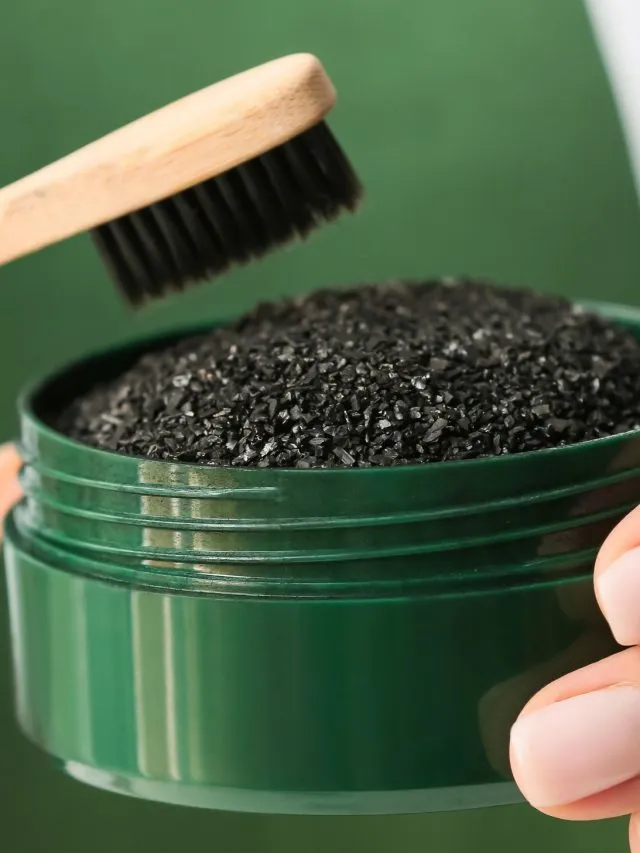
Charcoal’s effectiveness lies in its ability to remove surface stains. These stains accumulate on the teeth’s enamel from various sources, including coffee, tea, red wine, and certain foods. The abrasive nature of charcoal, combined with its absorbent properties, helps to dislodge and remove these stains. This is the main reason why many people see a visible improvement in their teeth’s brightness after using charcoal. It is important to emphasize that charcoal is most effective on surface stains. Internal discoloration, such as that caused by aging or certain medications, might not be effectively addressed by charcoal teeth whitening.
Freshening Breath
Another benefit often associated with charcoal teeth whitening is the potential to freshen breath. Charcoal can help to absorb bacteria and other odor-causing compounds in the mouth. By removing these substances, charcoal can contribute to a cleaner, fresher feeling. This effect, combined with the act of brushing, can lead to a more pleasant oral environment. While charcoal is not a substitute for regular brushing and flossing, some users find that it enhances their overall oral hygiene routine. It’s important to note that the breath-freshening benefits of charcoal are typically temporary and need to be sustained through consistent oral care practices.
How to Use Charcoal for Teeth Whitening
Using charcoal for teeth whitening involves a few simple steps. The process typically begins with choosing the right type of charcoal. Then, it involves preparing your teeth, applying the charcoal, and thoroughly rinsing and cleaning. Following these steps carefully will help ensure you get the best results. Understanding each step is crucial to doing it right and avoiding potential risks associated with using charcoal on your teeth. Before using charcoal, it is always recommended to consult a dentist. They can assess your oral health and provide personalized advice to help you decide if charcoal teeth whitening is right for you.
Choosing the Right Charcoal

Selecting the right type of charcoal is the first step in the charcoal teeth whitening process. You’ll find activated charcoal in different forms, each with its pros and cons. Always opt for food-grade activated charcoal to ensure it is safe for oral use. Consider the source of the charcoal, with coconut shells often being the preferred option. The fineness of the charcoal particles is another important factor. Finer particles can be gentler on your enamel. Carefully research the brand you choose, reading reviews and ensuring it’s a reputable product specifically designed for teeth whitening. Choosing the right product sets the foundation for a safe and effective whitening experience.
Activated Charcoal Powder
Activated charcoal powder is the most common form used for teeth whitening. It comes as a fine, black powder that you apply directly to your toothbrush. When choosing charcoal powder, look for products that are free of additives, artificial flavors, and sweeteners. The powder should be finely ground to avoid being too abrasive. Using charcoal powder is considered to be a more natural method. The powder is versatile, allowing you to control the amount and frequency of application. Be aware that the powder can be messy, so be prepared to clean your sink and surrounding area. Remember to follow the product’s instructions and brush gently to avoid damaging your enamel.
Charcoal Toothpaste
Charcoal toothpaste offers a more convenient approach to charcoal teeth whitening. These toothpastes combine activated charcoal with other ingredients like fluoride and flavorings. When choosing a charcoal toothpaste, check the ingredient list. Ensure it contains a safe level of fluoride for cavity protection and does not include harsh abrasives. Read customer reviews to find out about the effectiveness and taste. Charcoal toothpastes vary in their charcoal concentration. Some may be more effective than others. Charcoal toothpaste may also be more expensive than charcoal powder. Ultimately, selecting charcoal toothpaste simplifies the teeth-whitening routine while still offering the benefits of charcoal.
Step-by-Step Application Guide
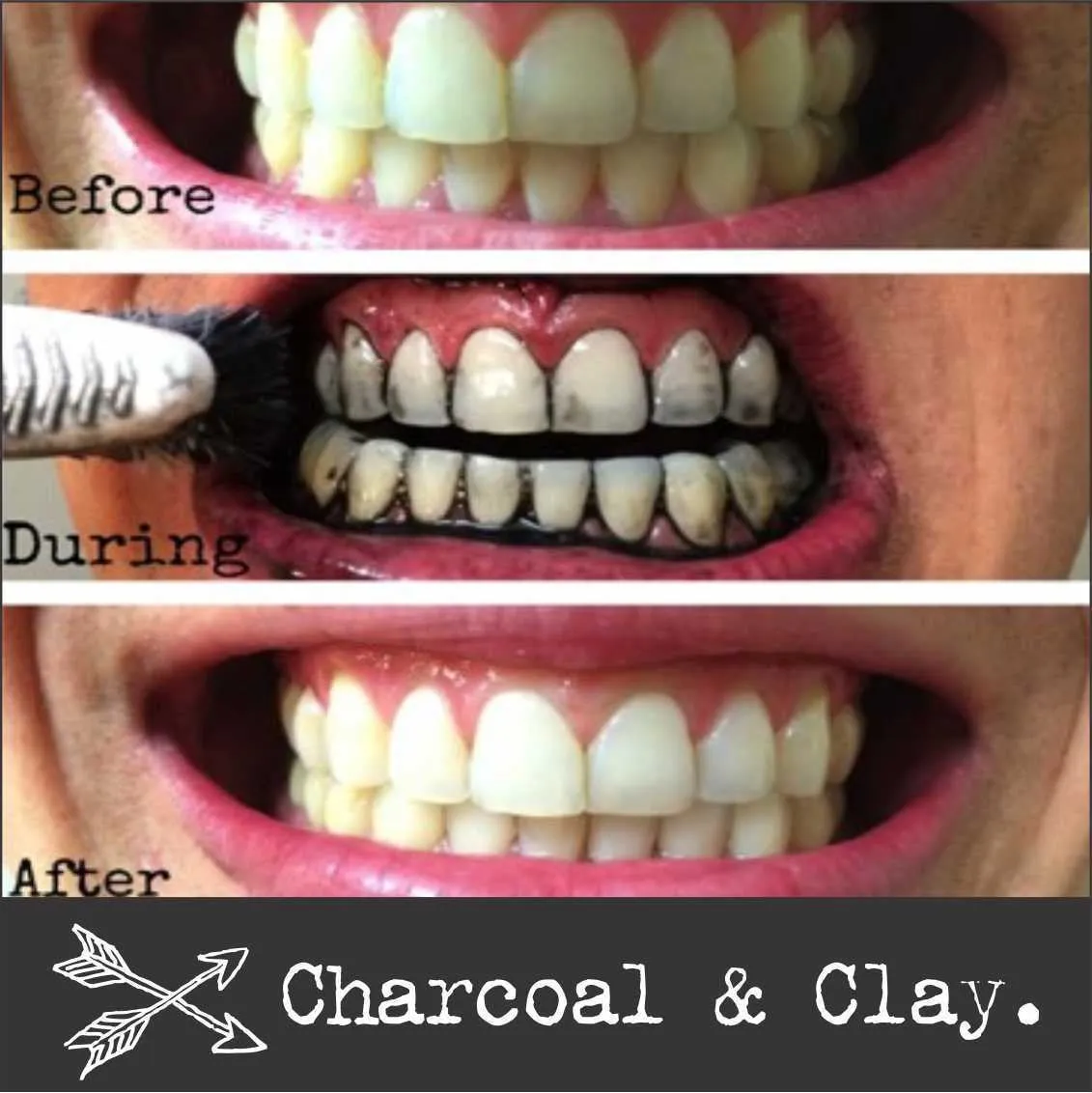
Applying charcoal to your teeth requires a series of steps for optimal results and safety. The process starts with the careful preparation of your teeth. Next, you will need to know how to apply the charcoal and then how to properly rinse and clean up afterward. Following this guide helps ensure the effective and safe use of charcoal for teeth whitening. Remember to be gentle, and always rinse thoroughly. Consulting your dentist about your oral health and brushing habits is also a good idea before starting any new oral care routine.
Preparing Your Teeth
Before applying charcoal, prepare your teeth. Start by brushing your teeth as you normally would with your regular toothpaste to remove any loose debris. Rinsing your mouth with water can also help remove any initial food particles. Ensure your toothbrush is clean and ready for the charcoal. This preparatory step ensures the charcoal comes into direct contact with the teeth’s surface, maximizing its effectiveness. Proper preparation can improve the outcome and enhance the overall experience. If you have any existing dental work, like fillings or crowns, consult your dentist before using charcoal.
Applying the Charcoal
The method for applying charcoal depends on the form you choose. For charcoal powder, dip a clean, wet toothbrush into the powder, ensuring the bristles are lightly coated. Brush your teeth gently in small, circular motions for about 2-3 minutes. Avoid scrubbing aggressively, as this can be too abrasive on your enamel. For charcoal toothpaste, apply a small amount to your toothbrush, as you would with regular toothpaste. Brush your teeth thoroughly, covering all surfaces. After brushing, allow the charcoal to sit on your teeth for a minute or two. This gives it time to bind to stains and impurities. The proper application of charcoal can directly impact the effectiveness of the whitening process.
Rinsing and Cleaning
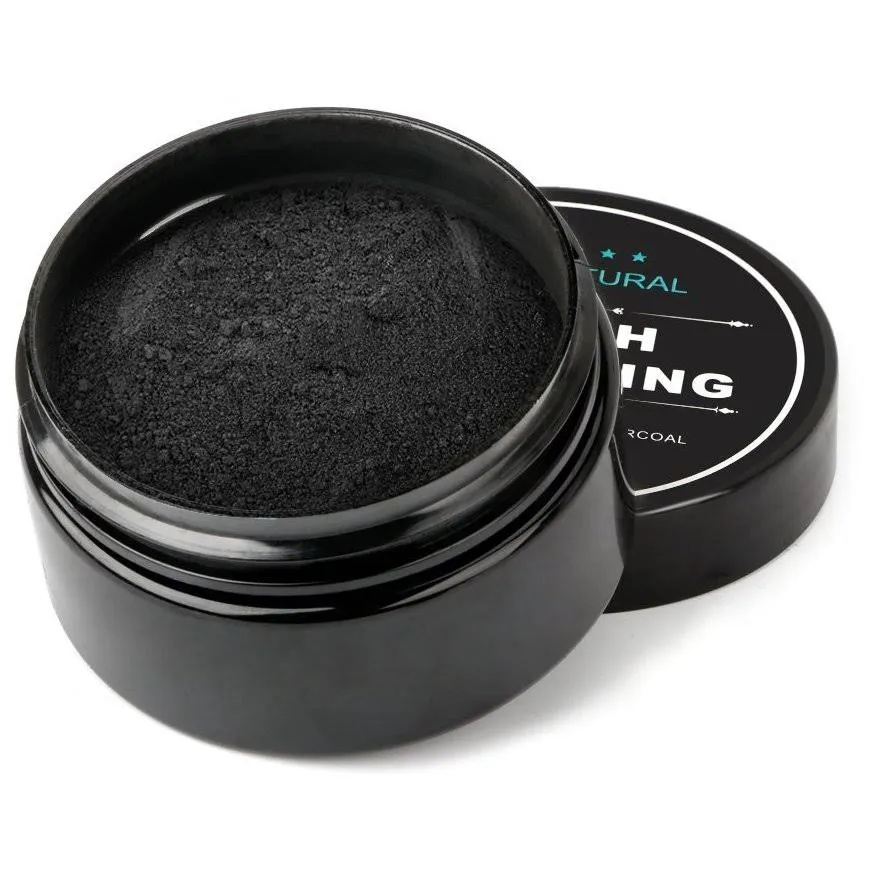
After brushing with charcoal, thoroughly rinse your mouth with water to remove the charcoal. You can use a regular toothbrush and toothpaste to ensure any charcoal residue is removed. Make sure you rinse your mouth multiple times to get rid of all the black particles. Because charcoal can stain, take extra precautions to clean your sink and any surrounding surfaces immediately. This step is important to prevent discoloration. Following these rinsing and cleaning steps is essential for achieving the best results and for ensuring a clean mouth and a clean environment.
Tips for Best Results
To maximize the effectiveness of charcoal teeth whitening, consider some important tips. These tips relate to the frequency of use and diet. By following these best practices, you can improve the outcome and ensure a positive experience. Always be mindful of your oral health, and consult your dentist if you have any concerns.
Frequency of Use
The frequency of using charcoal for teeth whitening is a critical factor in achieving results. It’s generally recommended to start slowly, perhaps using charcoal once or twice a week. Overusing charcoal can potentially lead to enamel erosion and increased sensitivity. Pay close attention to how your teeth react to the charcoal. If you experience any sensitivity or discomfort, reduce the frequency or discontinue use. Monitor the color and condition of your teeth. Some people may find that using charcoal more frequently is effective. However, proceed cautiously and prioritize the health of your teeth over a quick fix. If you are unsure, always seek professional guidance.
Dietary Considerations
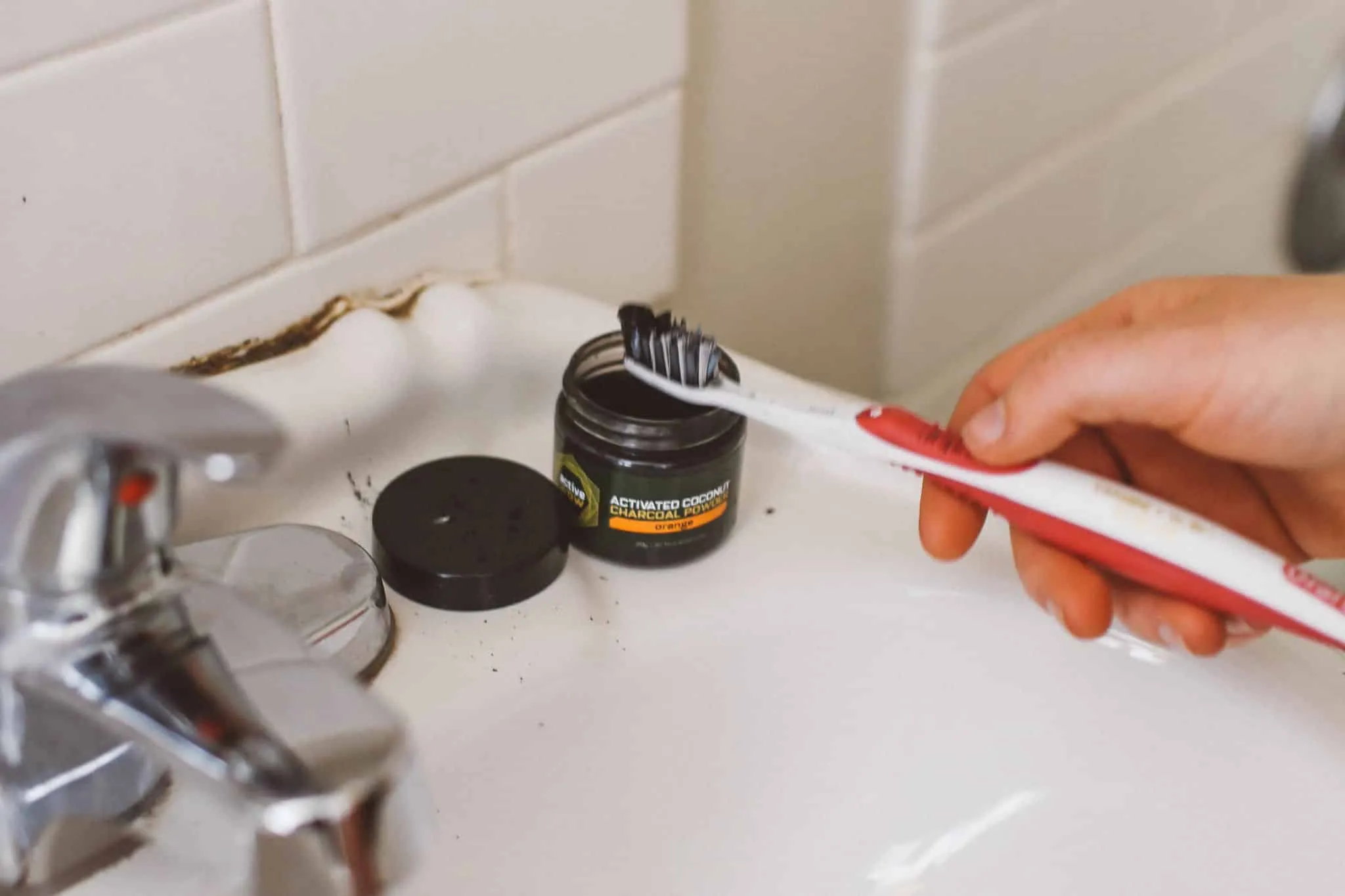
Your diet can significantly impact the effectiveness of charcoal teeth whitening. To get the best results, limit your intake of stain-causing foods and drinks, such as coffee, tea, red wine, and dark berries. These foods can negate the whitening effects. After consuming these items, rinse your mouth with water or brush your teeth to remove any lingering particles. Maintaining a balanced diet rich in fruits, vegetables, and calcium-rich foods will help to maintain healthy teeth. Avoid excessive consumption of sugary and acidic foods. Always make informed choices about what you eat and drink to support the health and appearance of your teeth.
Potential Risks and Side Effects
While charcoal teeth whitening can offer benefits, it is essential to be aware of the potential risks and side effects. The abrasive nature of charcoal can lead to enamel erosion. This erosion can make your teeth more susceptible to cavities and sensitivity. There are also possibilities of gum irritation and other related issues. Understanding these risks allows you to make an informed decision. Consulting with a dentist is highly recommended before trying charcoal teeth whitening. Your dentist can assess the current health of your teeth and gums. They can provide guidance on how to minimize the potential for harm and make sure it is a suitable option for you.
Enamel Erosion
Enamel erosion is a significant risk associated with charcoal teeth whitening. The abrasive particles in charcoal can wear down the enamel over time. This protective outer layer of your teeth shields them from decay and sensitivity. When the enamel erodes, it exposes the underlying dentin, which is softer and more vulnerable to damage. Enamel erosion can lead to increased sensitivity to hot and cold foods and drinks. It also increases the risk of cavities. Regular use of charcoal, especially with excessive force, can accelerate this process. Always monitor your teeth. If you experience sensitivity or notice any changes in your teeth’s appearance, stop using charcoal and consult your dentist immediately. Prevention of enamel erosion should be a top priority.
Gum Irritation
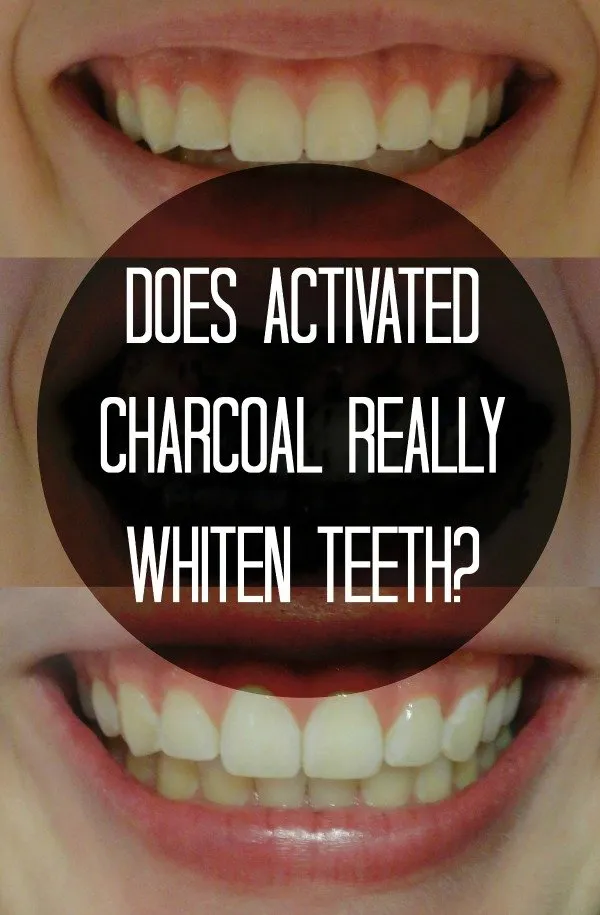
Gum irritation is another potential side effect of using charcoal for teeth whitening. The abrasive nature of charcoal can irritate the gums, especially if you brush too hard. This irritation can lead to redness, swelling, and even bleeding. People with pre-existing gum issues, such as gingivitis or periodontitis, may be more susceptible to this side effect. Using charcoal too frequently or with excessive force can worsen gum irritation. If you experience any gum irritation, stop using charcoal and consult your dentist. Practicing gentle brushing techniques and using a soft-bristled toothbrush will minimize the risk of irritation. Maintaining healthy gums is an essential part of your oral health routine.
Sensitivity Issues
Increased tooth sensitivity is a common side effect associated with charcoal teeth whitening. Enamel erosion, resulting from the abrasive action of charcoal, can expose the dentin. Dentin contains microscopic tubules that lead directly to the nerves inside the teeth. This exposure can make your teeth more sensitive to hot, cold, sweet, or acidic foods and drinks. If you experience sensitivity, reduce the frequency of charcoal use. You can also use a toothpaste designed for sensitive teeth, as this will help to protect the dentin and reduce discomfort. If the sensitivity persists or worsens, consult your dentist. They can determine the cause of the sensitivity and recommend appropriate treatments, such as fluoride treatments to strengthen the enamel.
Alternatives to Charcoal Teeth Whitening
If you’re not sure about charcoal teeth whitening, several alternatives offer various approaches to achieving a brighter smile. You can consider professional treatments, which are often more effective. There are also numerous over-the-counter whitening products available. It is important to weigh your options. Consider your budget, your desired level of whitening, and any potential risks or sensitivities. By exploring these alternatives, you can make an informed decision about the best way to enhance your smile.
Professional Whitening Treatments
Professional teeth whitening treatments are performed by dentists. These treatments usually involve higher concentrations of hydrogen peroxide or other bleaching agents. Professional treatments can offer more dramatic and faster results than charcoal teeth whitening. The dentist can customize the treatment to your specific needs and oral health. They can also monitor for any side effects and provide guidance. In-office whitening can be very effective for stubborn stains. At-home whitening trays, prescribed by your dentist, can provide a more gradual whitening effect. The advantages of professional whitening treatments are significant, making them a popular choice for those seeking a significant improvement in the brightness of their smile. Professional supervision ensures safety and optimal results.
Over-the-Counter Whitening Products
Over-the-counter teeth whitening products offer a convenient option for improving your smile. These products include whitening toothpaste, strips, gels, and mouthwashes. These products typically contain lower concentrations of bleaching agents, such as hydrogen peroxide or carbamide peroxide. The effectiveness of over-the-counter products varies. Follow the instructions carefully to achieve the best results. If you have sensitive teeth, you may want to use products specifically designed for sensitivity. You can find these products at most drugstores and supermarkets. Although less effective than professional treatments, they can still help to remove surface stains and enhance the brightness of your smile. Be sure to read the product reviews before purchasing.
Conclusion
Charcoal teeth whitening can be a viable option for those looking for a natural and cost-effective way to brighten their smile. It works primarily by removing surface stains. However, it is essential to be aware of the potential risks, such as enamel erosion and gum irritation. For optimal results and safety, it’s vital to use charcoal correctly. Always follow the recommended guidelines and consult with your dentist. If charcoal isn’t the right fit for you, remember there are other alternatives available. By making informed choices and prioritizing your oral health, you can achieve a brighter and healthier smile.
